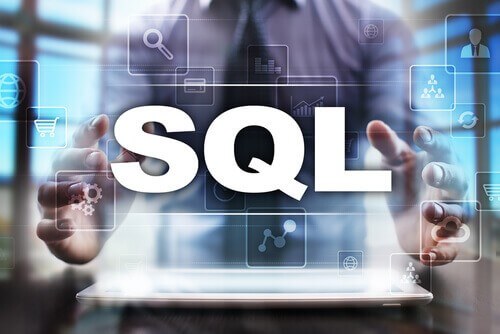.svg)
.svg)

Understand SQL using the MySQL database. Learn Database Design and Data Analysis with Normalization
For Computer, IT, Computer Science Engineers
Course Type :
₹ 7890
Topic Day 1 | Introduction to MySQL
Session 1
Topic Day 2 | MySQL Database
Session 2
Topic Day 3| Table & Views
Session 3
Topic Day 4 | MySQL Queries
Session 4
Topic Day 5 | MySQL Key
Session 5
Topic Day 6| MySQL conditions
Session 6
Topic Day 7 |MySQL Clauses
Session 7
Topic 8| Aggregation function
Session 8
Topic Day 9 | MySQL Join
Session 9
Topic Day 10| MySQL Triggers
Session 10
Course
Description
You'll learn about single table queries and the basic syntax of the SQL language, as well as database design with multiple tables, foreign keys, and the JOIN operation. In this Introduction to SQL course, you will learn how to optimize the accessibility and maintenance of data with the SQL programming language, including how to: Write the SQL language to develop database applications, Build, query, and manipulate databases, Work with the PostgreSQL database product or Microsoft SQL Server, identify deviations from the standard in Oracle and Microsoft SQL Server.
Course
objectives
Focuses on design, development and implementation of SQL programming for all types of relational database applications including client/server and internet databases. Covers the writing of complicated interactive and embedded SQL statements and the implications of multi-user database applications.
Roles in
industry
So, now you know what SQL is, you might be wondering what it is used for. As we mentioned earlier, it is a programming language used to communicate with relational databases. But let’s explore that a little further. SQL allows you to query the database in a variety of ways, using English-like statements. It’s used on websites for back-end data storage and data processing solutions (for example, Facebook uses SQL). Other than Facebook, you can expect SQL to be used within music apps like Spotify, banking apps like Revolut and other social media platforms such as Twitter and Instagram. SQL is the most commonly used database language, so it can be used for almost any company that needs to store relational data. Queries within SQL are used to retrieve data from the database, but the queries vary in efficiency. This is due to the fact that many databases have their own system-specific additional proprietary extensions. Essentially, SQL provides CRUD functionality for databases.
Course
Highlights
Copyright © 2025 ABCTrainings - All rights reserved